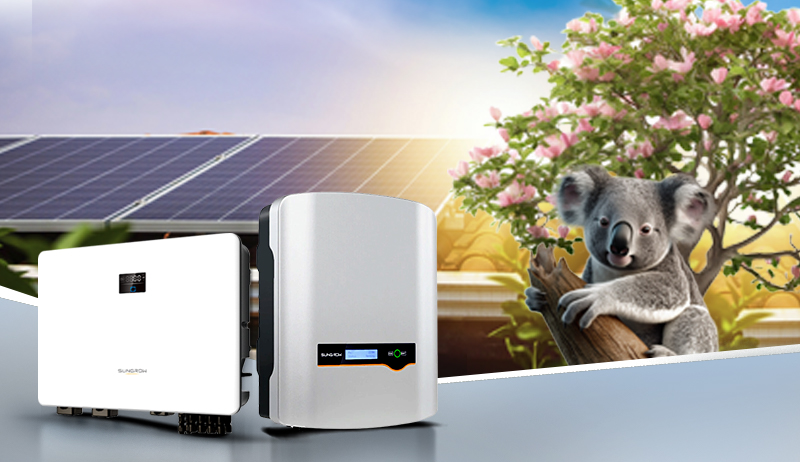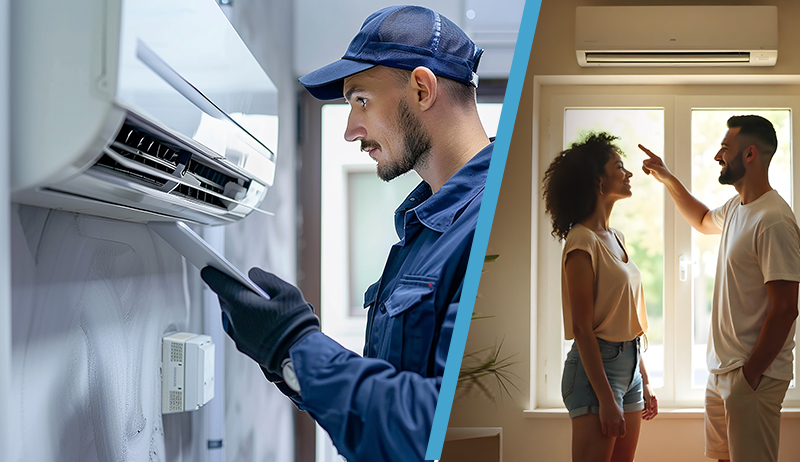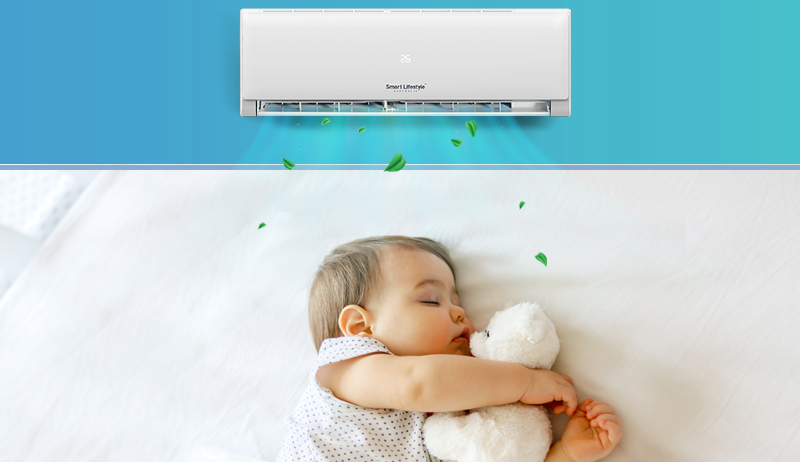The post Sungrow Inverter Review | A Worthy Tier 1 Inverter or Not? appeared first on Cyanergy.
https://cyanergy.com.au/blog/sungrow-inverter-review-2/
Renewable Energy
Can You Stack VEU with Solar or Other Incentives? – Find Out
Renewable Energy
The Politics of New Hampshire
 The “Chris” referred to here is Chris Pappas, a person I know nothing about, other than that he’s a Democrat trying to prevent his state from voting in a Republican senator.
The “Chris” referred to here is Chris Pappas, a person I know nothing about, other than that he’s a Democrat trying to prevent his state from voting in a Republican senator.
Isn’t New Hampshire a mystery to us all? It’s home to Dartmouth College and dozens of other top learning institutions, and it’s adjacent to Massachusetts, where it’s hard to find a Trump supporter. Yes, the state extends far enough north that some of these voters are from some far-flung districts, but is the entire state going in the direction of Alabama and Mississippi?
Renewable Energy
Newsom on Trump, Clean Energy
 (California Governor Gavin) Newsom: While the Trump Administration makes this country unrecognizable, California remains a stable, reliable partner in the fight for a clean energy future.
(California Governor Gavin) Newsom: While the Trump Administration makes this country unrecognizable, California remains a stable, reliable partner in the fight for a clean energy future.-
Climate Change3 months ago
Guest post: Why China is still building new coal – and when it might stop
-
Climate Change2 years ago
Spanish-language misinformation on renewable energy spreads online, report shows
-
Greenhouse Gases3 months ago
Guest post: Why China is still building new coal – and when it might stop
-
Climate Change Videos2 years ago
The toxic gas flares fuelling Nigeria’s climate change – BBC News
-

 Greenhouse Gases1 year ago
Greenhouse Gases1 year ago嘉宾来稿:满足中国增长的用电需求 光伏加储能“比新建煤电更实惠”
-

 Climate Change1 year ago
Climate Change1 year ago嘉宾来稿:满足中国增长的用电需求 光伏加储能“比新建煤电更实惠”
-

 Carbon Footprint2 years ago
Carbon Footprint2 years agoUS SEC’s Climate Disclosure Rules Spur Renewed Interest in Carbon Credits
-
Renewable Energy4 months ago
US Grid Strain, Possible Allete Sale







